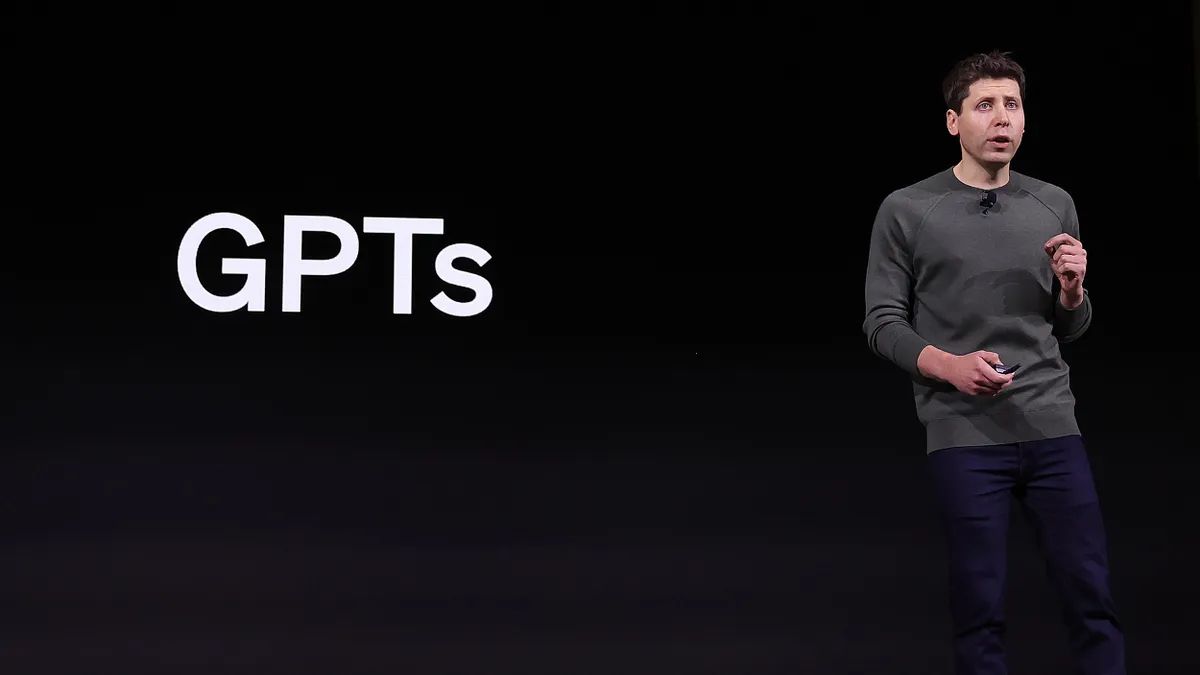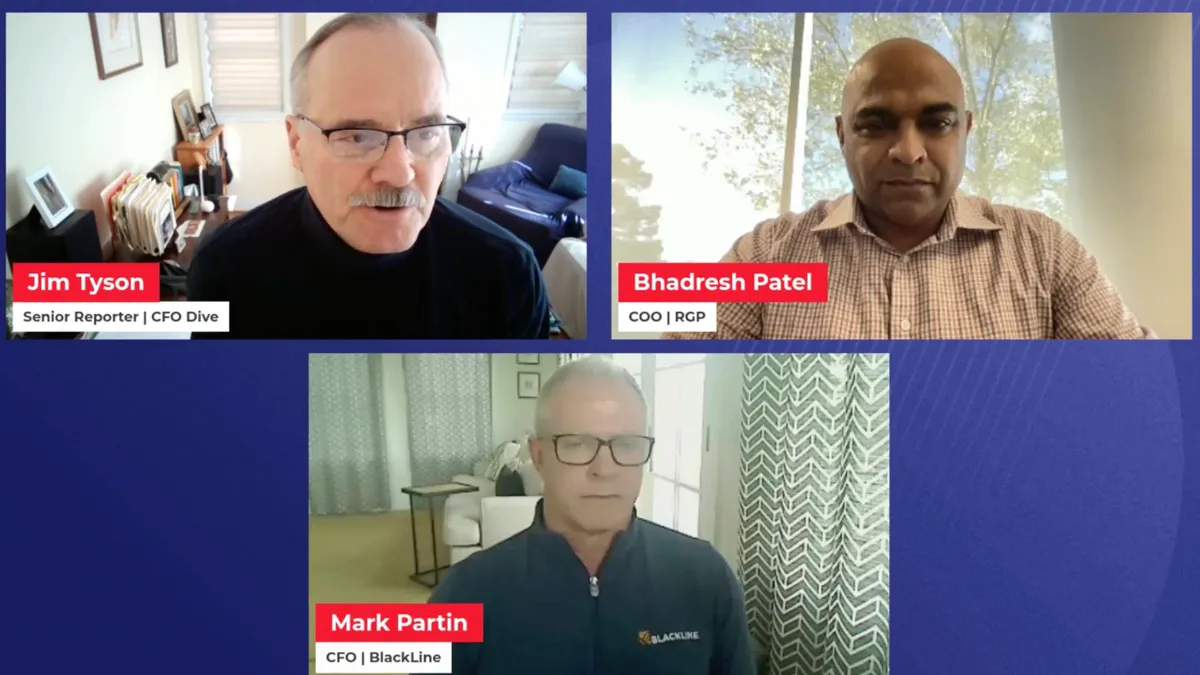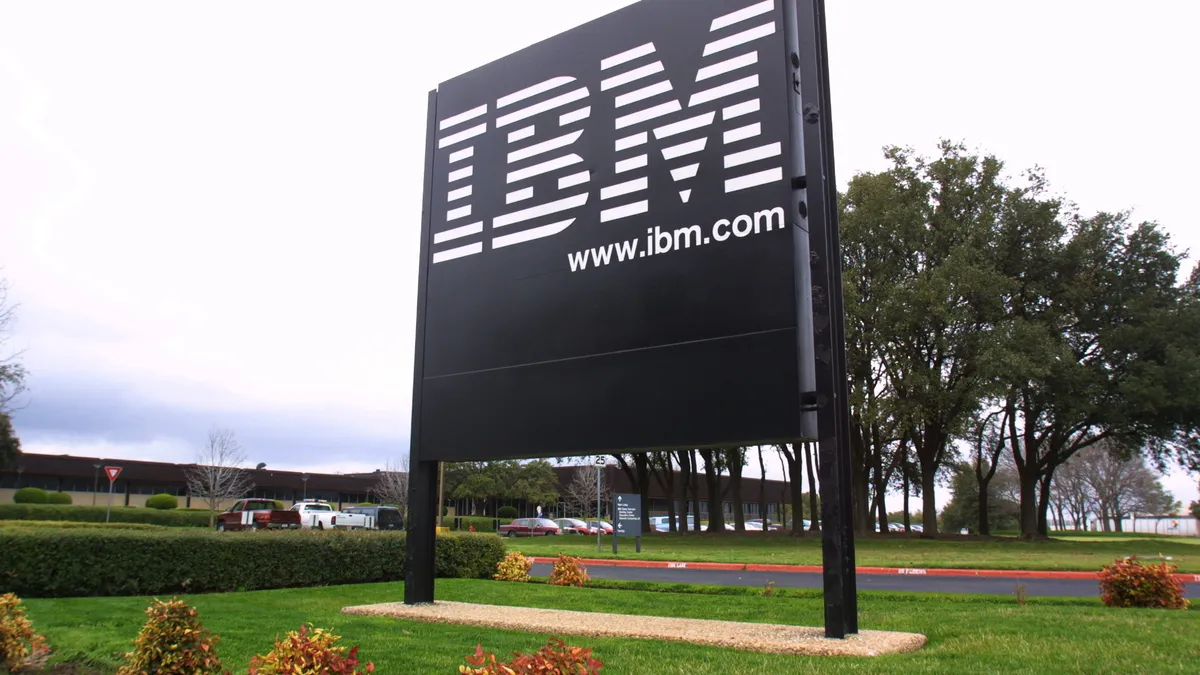Tony Klimas is a partner and president of Horváth US, a global management consulting firm based in Atlanta, Georgia. Views are the author’s own.
Artificial intelligence and machine learning are rapidly transforming the accounting profession, which means finance leaders must move quickly to harness the power of today’s cutting-edge digital tools or risk putting their companies at a competitive disadvantage.
One of the best places to start is by integrating the technology to accelerate and improve the monthly close process so your accounting team can spend more time on other value-added projects.
Efficiency optimization is a critical objective for organizations seeking to enhance productivity, reduce costs and gain a competitive edge in their respective industries. Most company leaders, including CFOs, know their businesses have significant optimization potential in their core processes. The challenge for most C-suite executives is charting a realistic, actionable path to improve those core processes and achieve a best-in-class execution.
Pressure has been steadily building to improve employee productivity and operational efficiency to survive cost competition. That pressure is being intensified by the potential of new technologies, such as robotic process automation (RPA), process mining, ML and AI.
Savvy accounting leaders see the writing on the wall and are searching for ways to incorporate such technologies into their teams’ daily tasks, including the monthly close. A recent survey by Gartner bears that out. It found that 45% of executives said the publicity surrounding ChatGPT “prompted them to increase AI investments.”
At Horváth, our work with clients has shown that it is possible to automate more than 70% of the typical closing process. This can free up time for finance staff to focus on value-added activities such as decision support and commentary. Additionally, these new technologies can also reduce the overall size of teams focused on closing the books.
A key driver of efficiency optimization in accounting centers on the adoption of “first-level” digitization technologies, such as BI tools that feature AI and ML code. BI technology can enable companies to quickly and accurately access, tabulate, analyze and visualize accounting data, as well as provide business leaders with critical insights that can inform decision-making and drive process improvements. BI technology can also help organizations identify areas for further optimization of accounting functions and track the impact of their efforts over time.
The technology can help link disparate IT systems and applications and help companies eliminate silos within accounting departments, such as accounts payable, accounts receivable, inventory management and payroll, to name a few. Improved data sharing and collaboration can lead to more streamlined processes and faster decision-making. This means that efficiency gains can be achieved across multiple subsidiaries, divisions and within the accounting department itself.

Modernizing the close process
For years, companies have worked toward a close process where data is available on demand at any time (a “continuous” or “modern” accounting approach). This goal of achieving a “soft close” that can be completed on demand is highly dependent on a streamlined closing process with minimal time required to complete the financial close.
This approach involves incorporating certain tasks into the daily accounting routine, such as intercompany reconciliations, currency conversions, accrual postings, and goods receipt/invoice receipt transactions. Adopting this method can reduce the closing time, and the entire process can be completed by the third day of each month.
Common practices that contribute to lengthy closing times include a manual closing calendar that is inconsistently applied; decentralized documentation and archiving; limited governance due to a lack of transparency and real-time availability of information; and limited use of automation, such as relying only on batch jobs or basic robotics capability.
Achieving technology-driven results
Standardization, simplification and automation of tasks and processes enable organizations to achieve greater consistency and quality of services, streamline operations and improve the productivity of their accounting teams. By reducing complexity and eliminating redundancies, companies can save time and resources spent on the accounting close process and improve the bottom line.
The implementation of state-of-the-art, cloud-based closing management software should feature one cloud-based SaaS solution that can replace multiple outdated tools, such as Excel and RPA. Other key features include low-maintenance effort with a "low code/no code" user interface; automated account reconciliation and regular financial health checks; and an accelerated and transparent audit trail.
Over the past few decades, the changes in the closing process have been more of an evolution than a revolution. BI tools using AI and ML are now transforming the monthly close and making it more simple, highly automated and efficient.
The monthly close should not be a laborious effort, and companies taking advantage of the latest technology can now make it a value-added activity in addition to freeing up time to work on strategic initiatives.


















